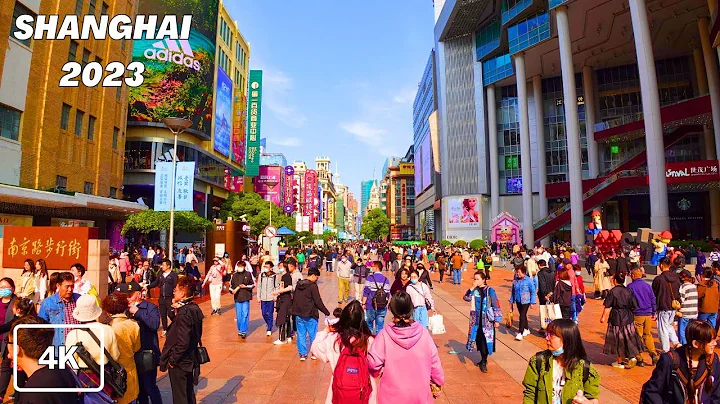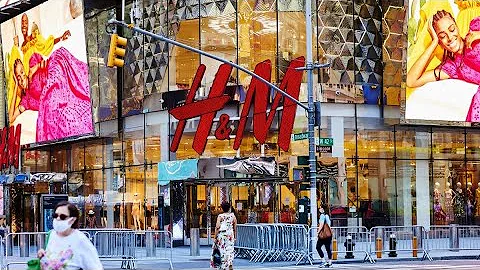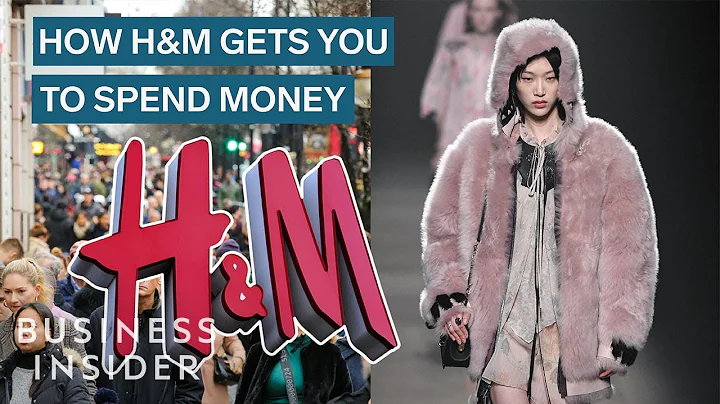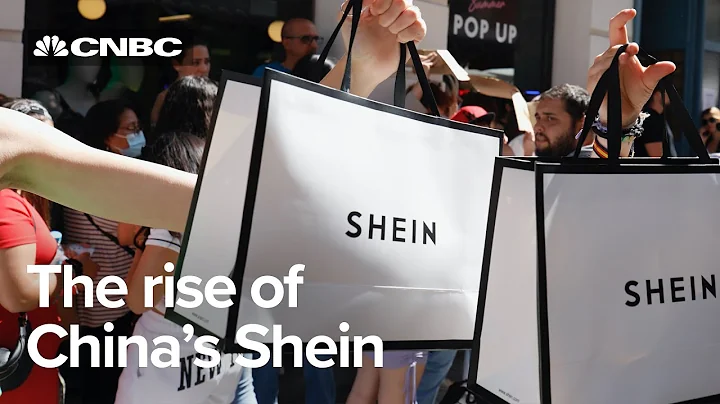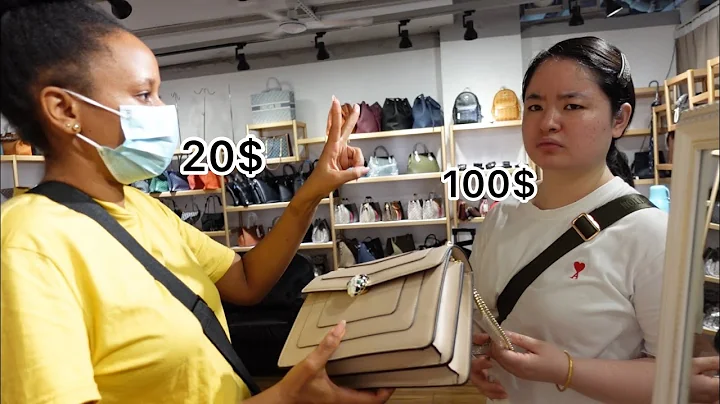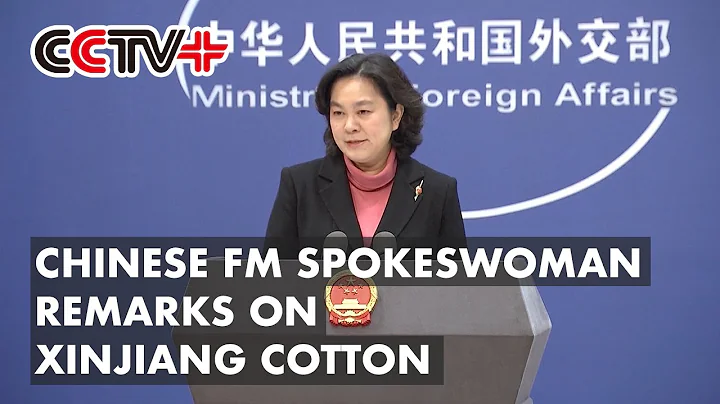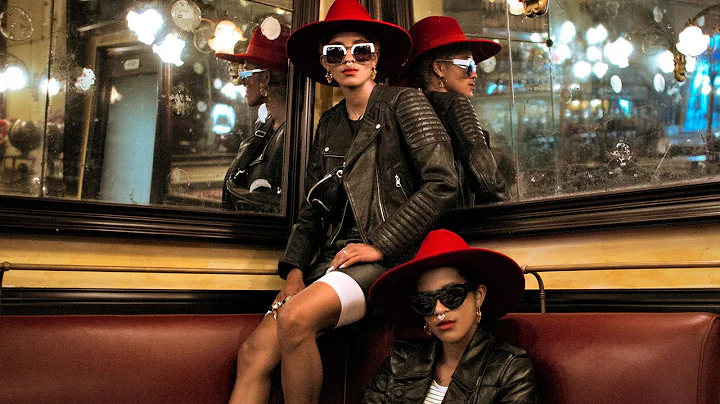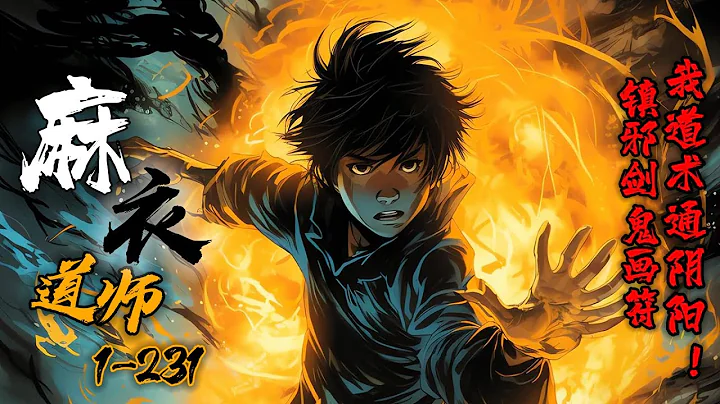
Produced by Lianshang Column
Written by/ Lao Dao, a member of the Lianshang Senior Advisory Group
H&M, a clothing brand from Sweden, opened its first store in Mainland China in 2007 on Huaihai Road, the most prosperous commercial street in Shanghai. Home store. According to media reports, it achieved astonishing sales of 2 million on the first day of its opening. This iconic three-story independent store will close its doors in the near future.
On June 24, it was reported that H&M’s first store in China, located at No. 651 Huaihai Middle Road, Shanghai, was officially closed. In May last year, H&M’s flagship store on Nanjing West Road in Shanghai also announced its closure.
H&M, as a member of the "fast fashion" clothing circle, looks back on its operations in the Chinese market and finds that there have been many mistakes in brand strategy.
1. The contradiction between seeking speed and “quality control”
For the Chinese market, H&M is a latecomer among international fast fashion apparel brands. Before H&M, Uniqlo entered as early as 2002, and zara, which basically belongs to the same track, entered Hong Kong in 2004 and opened its first store in mainland China in 2006.
The so-called fast fashion is to allow consumers to purchase the latest fashionable clothing at affordable prices in the shortest possible time. Zara and H&M both pursue "fast fashion" appeals and have consistency in brand positioning. But there are obvious differences between the two in terms of style and tone of clothing.
H&M's styles are more youthful and have a strong "trendy and cool" style, while Zara is relatively conservative, and its styles are more popular among white-collar workers. Based on a trendier and cooler tone, H&M pursues a "faster" operating model.
’s so-called faster performance is reflected in two aspects:
First, the frequency of launching new products is higher and the cycle is shorter. Large quantity and small quantity is H&M’s successful marketing strategy. High replacement rate and keeping up with fashion trends, frequent updates and more choices enhance H&M's appeal to customers.
Second, guide users to consume quickly at lower prices and upgrade products to reduce product inventory. H&M completely outsources manufacturing to 800 factories. It does not have its own garment factory. In addition, it greatly shortens the lead time-that is, the time from design to putting garments on the counter for sale, thereby reducing costs and maintaining low prices.
In the early days, H&M’s approach achieved certain success.
2012 was H&M’s peak moment in China. Its sales growth rate that year was as high as 50%. Until 2015, it could maintain an annual growth of more than 20%. The number of stores in China soared from 134 in 2012 to 444 in 2016, which was more than twice the number of Zara stores in China at that time.
However, Xiao He succeeds and loses Xiao He, and H&M's fast-playing method has also become a tool of destruction. In 2016, H&M's sales in China declined for the first time, and it was still opening new stores.
Under the blind pursuit of fast turnover and low cost, H&M has obviously neglected to control quality.
In order to achieve low prices, H&M never purchases designs from external suppliers, but uses its own designers; it has its own retail and production offices in each region to save operating costs of flying back and forth from the headquarters. ; Taking Asia, which has low labor costs, as its largest production base, about 80% of clothing is produced in Asia. According to industry insiders, the purchase price H&M is willing to pay is about 20% lower than Zara. This means that standards will be lowered in the selection of raw materials, process control in the production workshop, and operating standards for workers.
On the other hand, in terms of channel layout, other fast fashion brands such as H&M and ZARA have also taken a different path. H&M has deployed a large number of third- and fourth-tier cities to target lower-tier markets, which further reduces its brand tone.
In July 2017, H&M closed its Joy City store in Xidan, Beijing, after its performance in China continued to be weak for more than a year. This move had a huge negative impact on H&M. It was not until March 2018 that H&M entered Tmall Mall, nearly 4 years later than Zara. Uniqlo has ranked first in the clothing sales list of Tmall Double 11 for several years.
2. Wrong attitude on the "Xinjiang Cotton" incident
As the so-called do nothing, H&M's biggest "degeneration" is the Xinjiang Cotton incident in 2021.
BCI is Swiss "Better Cotton Development Association", an international non-governmental organization headquartered in Geneva, Switzerland. In the 2018-2019 cotton season, the global production of Better Cotton certified by the organization was 5.6 million tons, accounting for 22% of global cotton production. In March 2020, BCI issued a statement stating that "allegations of forced labor and other human rights violations persist" in the Xinjiang region, and therefore canceled relevant certifications for China's Xinjiang cotton.
On March 24, 2021, a statement from H&M’s official website was widely circulated on Weibo. H&M said in the statement that the group was deeply concerned about reports from civil organizations and media, including “forced labor” in China’s Xinjiang Uyghur Autonomous Region. " and "racial discrimination", and said it would take all actions to resist any type of forced labor, regardless of the country in which it occurs.
stated in the statement that Xinjiang is the largest cotton growing area in China, but we do not cooperate with any clothing manufacturing factories in Xinjiang, and we will no longer purchase raw materials from there. And said that its cotton is purchased from the "Better Cotton Initiative" (BCI).
After the H&M statement was issued, it triggered a surge of anger among Chinese consumers. The Internet overwhelmingly believed that H&M was "eating Chinese food while smashing Chinese bowls."
Major e-commerce platforms blocked and removed H&M. At that time, search results on Taobao and Tmall APPs showed that all "H&M ” or “HM” yielded no results. In addition, e-commerce platforms including Pinduoduo, Vipshop , Suning.com and other e-commerce platforms cannot search for "H&M" stores and products.
After the H&M Group, which boycotted Xinjiang cotton and refused to admit its mistakes, saw its revenue in China drop by 28% in the second quarter of 2021, with a loss of US$74 million (approximately RMB 502 million), the group's revenue in China in the third quarter was once again on the rise. "Report of the Present World".
On September 30, 2021, the third quarter financial report released by H&M Group showed that China has fallen out of the list of H&M's top ten markets, that is, H&M Group's revenue in China for this quarter has been unable to rank among the top ten. According to Bloomberg analysis, in the third quarter of 2020, China was H&M's fourth largest market, with sales of 2.55 billion Swedish krona (approximately RMB 1.879 billion). In the third quarter of this year, Spain was H&M's tenth largest market, with sales of 1.55 billion Swedish kronor (approximately RMB 1.142 billion). In other words, H&M's revenue in China plummeted by about 40% in the third quarter of 2021, with a loss of more than 737 million yuan.
3, H&M misjudged Chinese young people
As of the end of last year, H&M had only 445 stores in mainland China, which means that 60 stores have been closed in 2021, accounting for 12% of the total stores. This year, H&M has completely retreated from first-tier cities such as Beijing, Shanghai, Guangzhou and Shenzhen to sinking markets, closing more than 40 stores in the first quarter alone.
Obviously, H&M is losing ground in the Chinese market, and this is largely due to its serious misjudgment of this generation of Chinese young people.
First of all, when it comes to issues related to national justice, H&M looks at China through colored glasses. During the Xinjiang cotton incident last year, the Youth League Central Committee immediately sent an official Weibo picture and wrote: Xinjiang cotton will not accept this, H&M will take off its colored glasses. As a commercial enterprise, it is too arrogant and has no respect for Chinese consumers by casually expressing its position on an unfounded incident.
Secondly, as more young Chinese consumers grow up, they have more mature independent opinions on "brand consumption" and no longer "only focus on foreign brands". On the contrary, domestic brands are increasingly winning the "hearts" of young people. With the emergence of Internet culture, "national trend" has become a mainstream and obvious trend.
For young people, they feel the power of China. With the rise of China's power, China's cultural confidence is also gradually rising. From a macro level, this national trend movement represents the rise and revival of Chinese culture.
Guochao brands are increasingly sought after by the younger generation.Whether in cosmetics, clothing, food, daily necessities and many other fields, the national trend movement has become a significant trend for domestic products to strengthen themselves and domestic products to dominate China’s public opinion field. According to
data, 24.3% of Generation Z consumers said they love local fashion brands the most, 21.3% of affordable luxury brands, and only 17.9% and 6.9% of international fast fashion brands and international top luxury brands, respectively.
4. Foreign brands must respect Chinese consumers even more.
In recent years, in the Chinese market, many foreign brands have "used their brands to gain self-respect", resulting in their own disgrace. For example, in December last year, Canada Goose treated China differently from other regional markets regarding the "return and exchange" clause, which was also unanimously bombarded by the entire network.
The status of foreign brands in the minds of Chinese consumers is no longer what it used to be. Sports brands such as Adidas and Nike, which were once equally superior, have begun to lose revenue in China in recent years, and have been surpassed by domestic sports brands Anta.
Facts have proved that whether it is H&M or others, the "arrogance" of foreign brands in the Chinese market will only make it increasingly difficult for them to move forward. As the world's largest consumer market, foreign brands need to respect the Chinese market and Chinese consumers more.
*This article only represents the author’s opinion, and does not represent the position of Lianshang.
